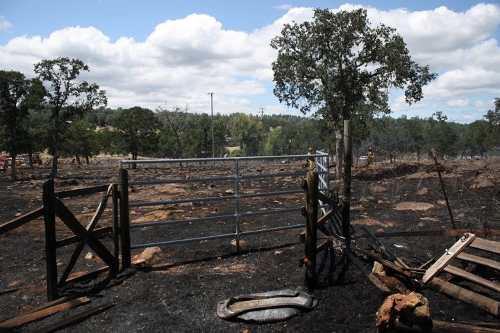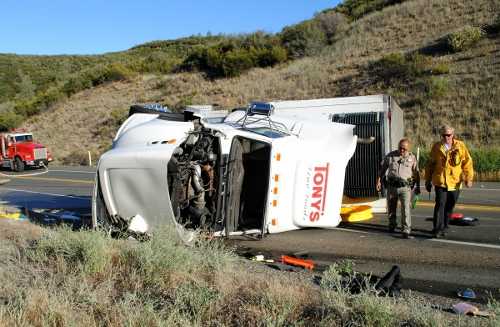- Tom Philpott
- Posted On
Military Update: GI Bill pay delay threat, from new reform bill, eases
VA officials still see payment challenges ahead if the Restoring GI Bill Fairness Act becomes law this year.
The House approved its version of the bill, HR 1383, in May. The Senate Veterans Affairs Committee endorsed a companion bill, S 277, on June 29. A full Senate vote is expected next.
A few months back, VA officials had opposed the bill.
Keith M. Wilson, director of the VA’s education service, testified that providing relief from a new Post-9/11 GI Bill benefits’ cap to 30,000 students already enrolled in private colleges would require that the VA process those payments manually rather than through a redesigned computer software program.
The administrative burden of doing this would “lead to a significant increase in the average processing time for all claims during the critical fall enrollment period,” Wilson told a House subcommittee.
But VA officials now estimate that fewer than 6000 of the 30,000 students attending private colleges in Arizona, Michigan, New Hampshire, New York, Pennsylvania, South Carolina and Texas will need relief from the benefit cap to avoid a sharp drop in GI Bill payments.
This 80 percent drop in the estimated number of student vets who would benefit from the relief bill, and therefore would need to have their GI Bill payments manually processed, lessens the threat of widespread delays this fall, agreed Joshua P. Taylor, the VA’s press secretary.
But passage of the relief bill still will pose challenges.
“VA has been working with the House and Senate for some time to solve issues created for this group of students at higher-tuition schools in certain states,” Taylor said. “It is important that we make sure any change in law that would provide [cap] relief doesn't have the effect of disrupting administration of the program for the larger group of GI Bill beneficiaries.”
VA officials know what’s in the legislation, Taylor added. But “we cannot implement changes in the system based on potential changes in the law. At this point, the processing of fall enrollments has already begun, which complicates the situation. We would have to process all those claims manually now and until the [relief] legislation expires.”
Wilson first spoke of 30,000 students potentially impacted because he lacked cost data to make a more accurate call, Taylor said. The 30,000 is total number of Post-9/11 GI Bill “trainees” who attended private colleges in the seven states from August 2009 to July 2010.
Rep. Jeff Miller (R-Fla.), chairman of the House Veterans Affairs Committee, introduced the Restoring GI Bill Fairness Act to address a problem created by the Post-9/11 Veterans Educational Assistance Improvements Act enacted last January.
That bill improved the new GI Bill in several ways, all to take effect in fall of 2011. This includes allowing benefits to be used for non-degree education and vocational training, and simplifying a complex payment-setting scheme.
The Post-9/11 GI Bill will continue to cover full tuition and fees at any public college or university. But the wide variance in entitlement for students attending private colleges will end.
Benefit ceilings set in every state, based on tuition and fees at the most expensive state college or university, will be replaced by a single $17,500 annual cap. Starting next year, that cap will be adjusted annually by the percentage rise in education costs nationwide.
But the new cap left private college students in seven states facing hefty unplanned out-of-pocket costs.
Individual schools can address this by participating more deeply in the Post-9/11 GI Bill’s Yellow Ribbon feature. That feature requires VA to match in higher payments any portion of uncovered tuition that a private college or university agrees to waive.
At schools not planning to strengthen Yellow Ribbon participation, the Restoring GI Bill Fairness Act would prevent GI Bill payments from falling for veterans already enrolled until they get their degree or exhaust their benefit.
HEALTH COSTS TARGETED – A new report from the Congressional Budget Office brightens the bull’s eye on military personnel accounts for trimming future defense spending, and it takes special note of rising health costs linked to military retirees.
TRICARE, the military’s triple health care option, is becoming more attractive to beneficiaries every year because of “low out-of-pocket expenses” and the rising cost of health insurance alternatives for working age retirees and their dependents, CBO explains in the report “Long-Term Implications of the 2012 Future Years Defense Program.”
At least in part because of low fees, military beneficiaries use inpatient and outpatient health services far more often than do civilian counterparts.
Department of Defense data cited by CBO shows enrollees in TRICARE Prime, the managed care option, use inpatient services at a rate 84 percent higher than civilians in comparable HMOs or health maintenance organizations. The Prime usage rate for outpatient services was 51 percent higher and for prescription drug services 27 percent higher.
CBO said the data comparisons were adjusted for age and gender. There is no mention of any attempt to adjust usage rates to account for hardships of service life including frequent wartime deployments.
The report explains in a footnote that the proportion of military retirees and their dependents who use employer-provided health insurance alternatives to TRICARE hit 27 percent last year, down from 49 percent in 2001 – evidence of a continuing migration among retirees and their spouses away from employer-sponsored health insurance and into TRICARE.
Before wars in Iraq and Afghanistan, the biggest cost driver for the defense budgets usually was weapon modernization, says CBO.
But the primary cause of long-term defense budget growth has shifted with “significant increases” now expected in costs for military and civilian compensation, military health care and operation and maintenance activities.
To comment, e-mail This email address is being protected from spambots. You need JavaScript enabled to view it., write to Military Update, P.O. Box 231111, Centreville, VA, 20120-1111 or visit: www.militaryupdate.com.
Follow Lake County News on Twitter at http://twitter.com/LakeCoNews, on Tumblr at www.lakeconews.tumblr.com, on Facebook at http://www.facebook.com/pages/Lake-County-News/143156775604?ref=mf and on YouTube at http://www.youtube.com/user/LakeCoNews.



















